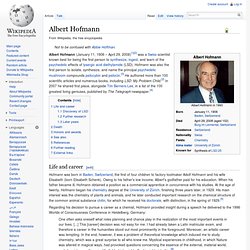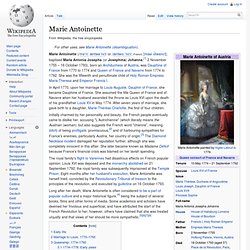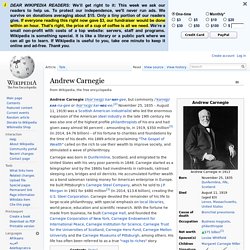

Film. Programmers. Writers. Albert Hofmann. Albert Hofmann (January 11, 1906 – April 29, 2008)[1][2] was a Swiss scientist known best for being the first person to synthesize, ingest, and learn of the psychedelic effects of lysergic acid diethylamide (LSD).

Hofmann was also the first person to isolate, synthesize, and name the principal psychedelic mushroom compounds psilocybin and psilocin.[3] He authored more than 100 scientific articles and numerous books, including LSD: My Problem Child.[2] In 2007 he shared first place, alongside Tim Berners-Lee, in a list of the 100 greatest living geniuses, published by The Telegraph newspaper.[4] Life and career[edit] Hofmann was born in Baden, Switzerland, the first of four children to factory toolmaker Adolf Hofmann and his wife Elisabeth (born Elisabeth Schenk). Owing to his father's low income, Albert's godfather paid for his education. When his father became ill, Hofmann obtained a position as a commercial apprentice in concurrence with his studies. Marie Antoinette. Marie Antoinette (/məˈriː æntwəˈnɛt/ or /æntwɑːˈnɛt/; French: [maʁi ɑ̃twanɛt]; baptised Maria Antonia Josepha (or Josephina) Johanna;[1] 2 November 1755 – 16 October 1793), born an Archduchess of Austria, was Dauphine of France from 1770 to 1774 and Queen of France and Navarre from 1774 to 1792.

She was the fifteenth and penultimate child of Holy Roman Empress Maria Theresa and Emperor Francis I. In April 1770, upon her marriage to Louis-Auguste, Dauphin of France, she became Dauphine of France. She assumed the title Queen of France and of Navarre when her husband ascended the throne as Louis XVI upon the death of his grandfather Louis XV in May 1774. After seven years of marriage, she gave birth to a daughter, Marie-Thérèse Charlotte, the first of four children. The royal family's flight to Varennes had disastrous effects on French popular opinion: Louis XVI was deposed and the monarchy abolished on 21 September 1792; the royal family was subsequently imprisoned at the Temple Prison. Andrew Carnegie. Andrew Carnegie (/kɑrˈneɪɡi/ kar-NAY-gee, but commonly /ˈkɑrnɨɡi/ KAR-nə-gee or /kɑrˈnɛɡi/ kar-NEG-ee;[2] November 25, 1835 – August 11, 1919) was a Scottish American industrialist who led the enormous expansion of the American steel industry in the late 19th century.

He was also one of the highest profile philanthropists of his era and had given away almost 90 percent – amounting to, in 1919, $350 million[3] (in 2014, $4.76 billion) – of his fortune to charities and foundations by the time of his death. His 1889 article proclaiming "The Gospel of Wealth" called on the rich to use their wealth to improve society, and stimulated a wave of philanthropy. Carnegie was born in Dunfermline, Scotland, and emigrated to the United States with his very poor parents in 1848. Carnegie started as a telegrapher and by the 1860s had investments in railroads, railroad sleeping cars, bridges and oil derricks. Biography Early life Railroads Carnegie age 16, with brother Thomas 1860–1865: The Civil War. Warren Buffett. Buffett is called the "Wizard of Omaha" or "Oracle of Omaha",[8] or the "Sage of Omaha"[9] and is noted for his adherence to value investing and for his personal frugality despite his immense wealth.[10] Buffett is a notable philanthropist, having pledged to give away 99 percent[11] of his fortune to philanthropic causes, primarily via the Gates Foundation.

On April 11, 2012, he was diagnosed with prostate cancer,[12] for which he successfully completed treatment in September 2012.[13] Early life Buffett's interest in the stock market and investing dated to schoolboy days he spent in the customers' lounge of a regional stock brokerage near his father's own brokerage office. On a trip to New York City at age ten, he made a point to visit the New York Stock Exchange. Business career By 1950, at 20, Buffett had made and saved $9,800 (over $96,000 inflation adjusted for the 2014 USD[29]).[30] In April 1952, Buffett discovered that Graham was on the board of GEICO insurance.
As a millionaire.